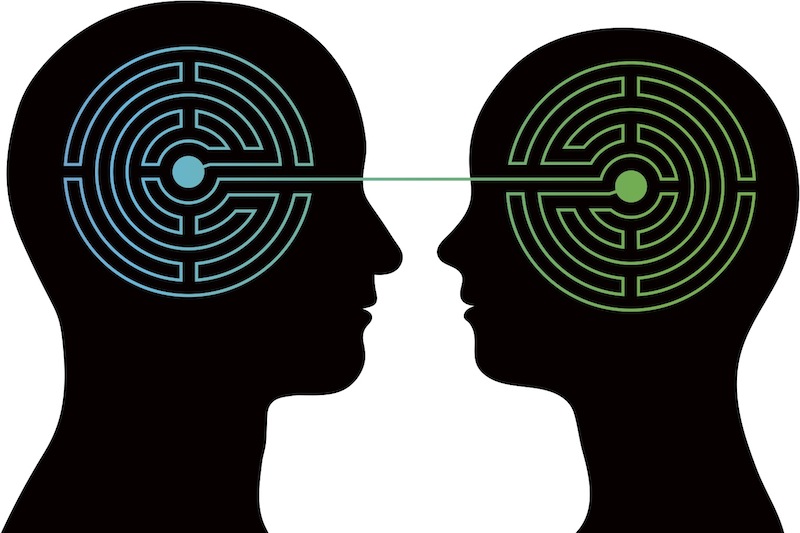Neurofeedback Increases Affection, Builds Empathy
by Jason von Stietz - June 17, 2014

Could neurofeedback improve "tenderness" or empathy? Researchers from the D’Or Institute for Research and Education (IDOR) and the Federal University of Rio de Janeiro investigated the impact of fMRI neurofeedback on affiliative emotion. They found that, compared to a control group, participants who underwent fMRI neurofeedback showed significantly greater brain activity related to affiliative emotion. It is possible that these findings could enhance compassion, assist couples' to resolve conflicts, and even enhance empathy in individuals with social issues or even more sever personality disorders. Scientific American discussed the study in a recent article:
The research group, led by IDOR cognitive neuroscientist Jorge Moll, focused on brain activity associated with affiliative emotions, or the warm and fuzzy—but not romantic—sensation one experiences when seeing a beloved friend or family member. To contrast this feeling with other emotional states, the researchers first asked their 24 volunteers to prepare three personal anecdotes: a proud moment, an episode full of affectionate feelings and a neutral but social scenario such as supermarket shopping. Pride and tenderness are complex social emotions, and so the researchers reasoned that comparing results from these two, along with a neutral control, could help clarify what brain activity was associated with affiliative emotion specifically.
Next, subjects had to recall these occasions while lying in a functional magnetic resonance imaging (fMRI) chamber and viewing a screen that showed a circle that would ripple and change shape. For half the subjects, the circle reflected ongoing changes in brain activity. The other half saw a randomly morphing ring described as a focal point for their visual attention. During a series of trials the researchers repeatedly cued participants with the words “proud,” “neutral” or “tender” and instructed them to relive the related memory in as much detail and emotional intensity as possible.
The researchers contrasted the data from tender, neutral and proud responses across trials to identify brain activity most related to affiliative feelings for each subject. They then assessed how much the brain response in each trial resembled this typical affiliative activity. The group given random visual feedback showed no significant difference in affiliative activity over trials. By contrast, subjects who received neurofeedback showed significantly stronger affiliative brain activity in their last trials compared with their first ones. In other words, something about seeing their brain’s changes intensified that response over subsequent trials.
To better contextualize their results, Moll and colleagues also analyzed the relevant brain regions for tender feelings across subjects. As they report in PLoS ONE on May 21, the brain regions involved included the frontopolar and septohypothalamic areas, both linked previously to affectionate feelings in earlier research.
The findings, suggests University of California, San Diego, cognitive scientist Jaime Pineda, are fairly convincing. The study is “very interesting and consistent with other fMRI neurofeedback results,” he says.
Read the full article Here

 Subscribe to our Feed via RSS
Subscribe to our Feed via RSS